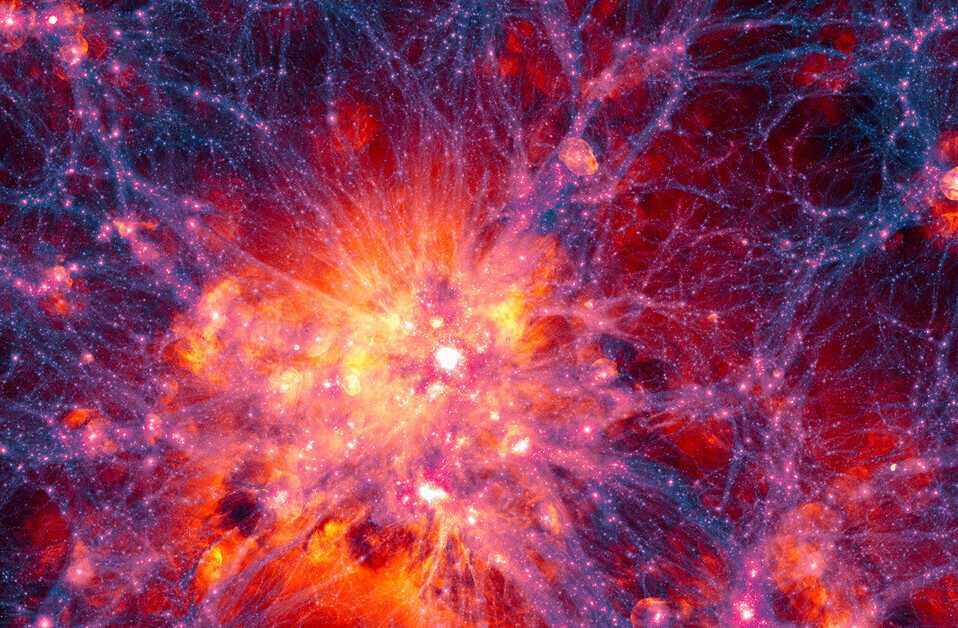Scientists from Italy and Switzerland recently performed an experiment demonstrating that antimatter, like matter, has the characteristics of both waves and particles. This means antimatter fits within the established theory of quantum mechanics – making its rarity all the more curious.
The Big Bang, by all scientific accounts, should have exploded forth equal parts matter and antimatter when it poofed the universe into existence. Unfortunately antimatter is incredibly hard to find. So where did it all go? Scientists searching for the missing material (anti-material?) have so far come up with few answers.
But the research team’s experiment yields some hope that trend will change. The scientists conducted a new take on a two hundred year old experiment designed to prove that particles – electrons, neutrons, and protons – are also waves. In their version, they demonstrated that antiparticles, positrons in specific, share the same properties as their opposites. This evidence is further confirmation that antimatter – once thought to be nothing – is actually something.
The team’s experiment involved sending positrons through a double-slit mechanism using a beam, in order to see if the particles demonstrated characteristics of waves when they cross from observed to unobserved. And they did. Basically the antimatter interfered with itself and became all wavy, like matter does.
This might sound a bit boring, but it lends further credence to the theory that antimatter is affected by gravity in the same way as matter. Understanding how antimatter works relative to our knowledge of gravity is crucial to our ability to “see” far away stars and other heavenly bodies using math.
Furthermore, figuring out how antimatter works, and where to find it, could also lead to other, more fantastic breakthroughs. This is mainly because when you get matter and antimatter together they explode and create energy, which is good for space travel. If we ever figure out where to find naturally occurring antimatter or a cost-efficient way of inducing it, engineers believe antimatter-based fission could provide the most effective form of interstellar propulsion conceivable by modern technologies.
So, what’s antimatter? (Nothing, what’s antimatter you?) As the name suggests, antimatter is the opposite of matter. Electrons, protons, and neutrons are what atoms, and thus matter, are built of and they each have a charge. Their opposite counterparts – positrons for electrons, antiprotons for protons, and antineutrons for neutrons — have the opposite charge
Scientists have limited knowledge of antimatter because it’s incredibly hard to find. And ridiculously expensive to make too. According to NASA, a gram of antihydrogen will run you about $62.5 trillion. This means physicists are still trying to figure out the rules when it comes to antimatter.
The experiment’s results answer some of our biggest questions about antimatter, but many more remain. The universe’s greatest mystery — and a key component to the realization of a scientific ‘theory of everything’ — may very well be figuring out where all the antimatter went.
Our guess? It’s in a bizzarro-world alternate universe where matter is scarce and “Firefly” never got canceled.
TNW Conference 2019 is nearly here! Check out our glorious new location, inspiring line-up of speakers and activities, and how to be a part of this annual tech extravaganza by clicking here.
Get the TNW newsletter
Get the most important tech news in your inbox each week.





